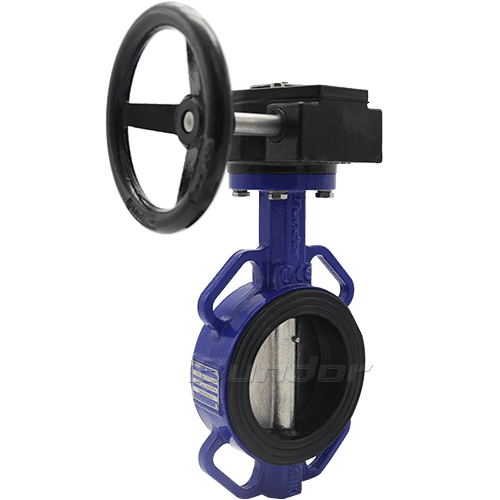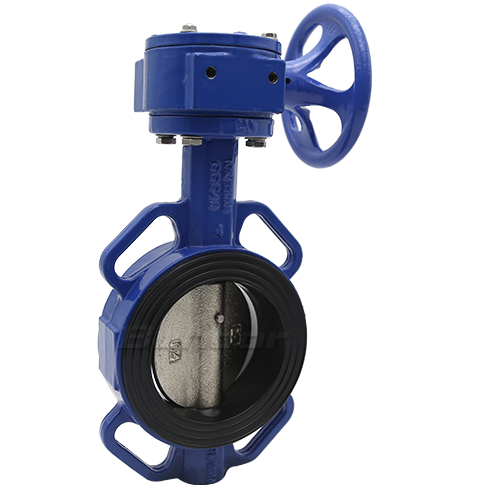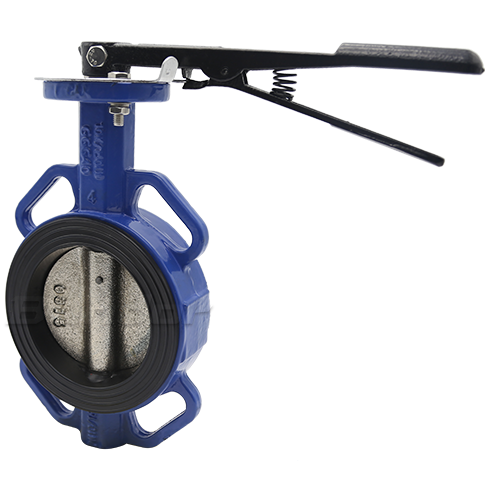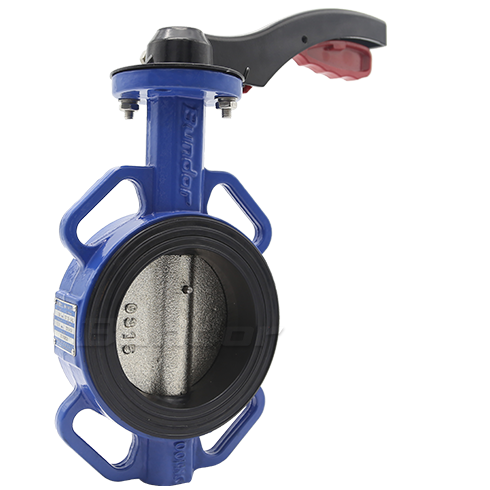Flange butterfly valve refers to the butterfly valve with two flanges. When installing, you only need to connect the flange holes on the flange butterfly valve with the flange holes on the pipeline one by one, and connect them in series with bolts.
Flanged butterfly valves are more suitable to be made into large-diameter valves. As the diameter increases, the number of flange holes in the flanged butterfly valve itself will increase correspondingly, because the stability of the pipe connection is better. In addition, under the same diameter and material conditions, the weight and volume of flanged butterfly valves are lighter and smaller than other types of valves, such as gate valves and ball valves. Therefore, flanged butterfly valves can replace gate valves and valves on large-diameter pipelines. Ball valves and other valves.
The wafer butterfly valve is different from the flange butterfly valve. It does not have a flange. The common wafer butterfly valve has only four bolt holes. When installing on the pipeline, the wafer butterfly valve needs to be clamped in the middle with two flanges, and then bolted through. The flange hole passes through the bolt hole on the butterfly valve to connect with the pipeline.
The structure of the wafer butterfly valve is shorter, smaller in size, and lighter in weight. Among the small-diameter valves, the wafer butterfly valve has more advantages than the flange butterfly valve, and the cost is also lower.
The common feature of flange butterfly valve and wafer butterfly valve is that they have hard seal and soft seal. Hard seal is suitable for high temperature and high pressure environment, and soft seal is used for normal temperature and low pressure pipeline.








